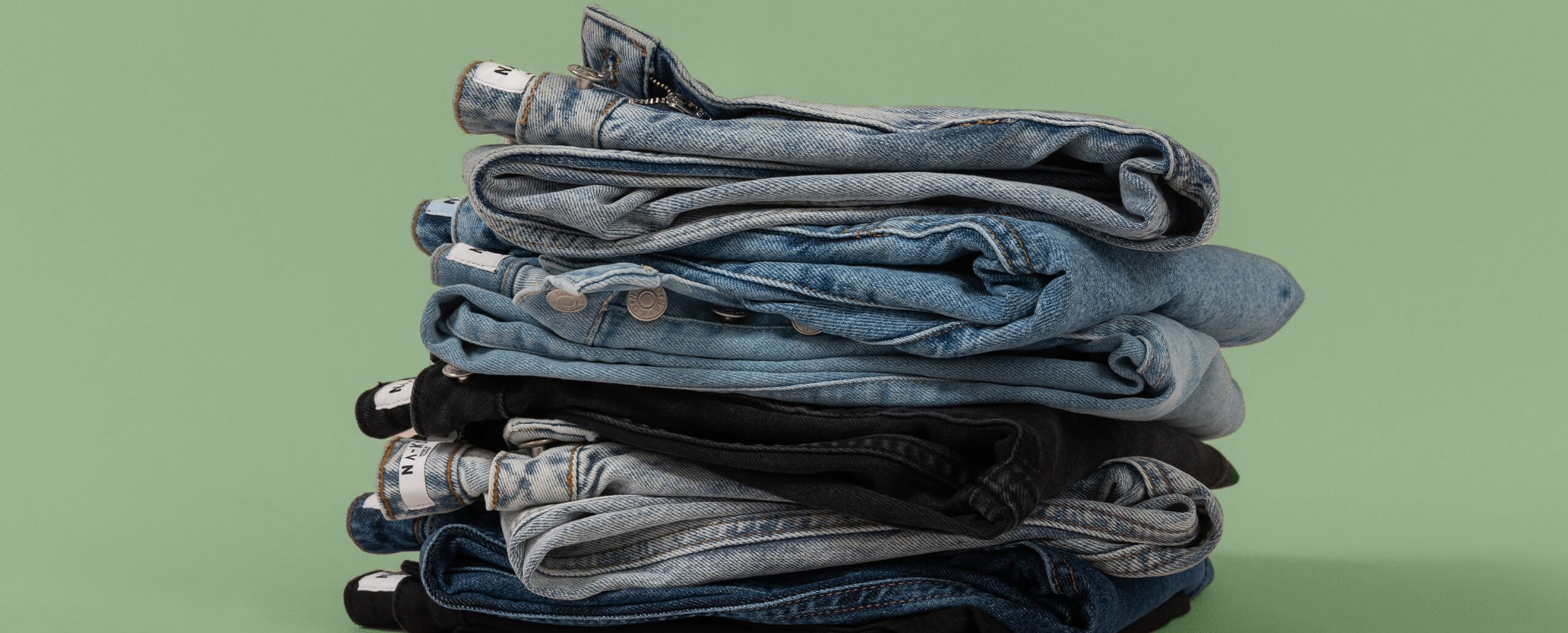
OUR PRODUCTS
We will make our products more sustainable by using lower impact materials and ensuring that everything we make lasts as long as possible. To help our customers make more sustainable choices, we will tell them how, where and with what impact our products are made. We want to drive positive change to both supply and demand for more sustainable products.
OUR COMMITMENTS
Make more sustainable products
We want all of our products to be made more sustainably – including both lower impact materials and how they are produced.
OUR GOALS
- By 2030, have 100% organic, recycled or other lower impact materials in all our products
- By 2025, phase out 100% of all conventional cotton
- By 2030, have 100% recycled polyester
- By 2030, have 100% FSC cellulosic materials (viscose, modal, lyocell & acetate)

WHERE WE ARE
- To learn more about our progress, please see our latest Sustainability Report!

KEY ACTIONS
- Set a clear sustainable materials strategy – done in 2022
- Explore and implement additional certificates/initiatives for more sustainable materials and/or production methods
- Support current suppliers and onboard new suppliers that fulfill environmental and social requirements
- Training of purchasing department

Accelerating traceability and transparency
We want our customers to know the origin and impact of their wardrobe.
OUR GOALS
- By 2025, reach full supply chain transparency for at least 80% of our production
- By 2025 at the latest, be transparent on product climate footprint
- By 2023, be transparent with tier 2 factories on our website

WHERE WE ARE
- To learn more about our progress, please see our latest Sustainability Report!

KEY ACTIONS
- Trace products to ensure supply chain transparency on an increasingly larger scale
- Improved and transparent customer communication on product sustainability (e.g., CO₂, water consumption, chemical use)
- Work together with supply chain partners to access environmental and climate data

Our progress
When it comes to our products, choosing the right material is key. The right choice means a smaller environmental footprint and less harm to both humans and wildlife. The fabrics we use that are more sustainable* are certified by independent third party accredited agencies.
A fabric’s raw materials affect its durability and environmental performance. With a lower impact material we mean one that comes from renewable or recyclable sources – and uses less water, energy, or chemicals in their production than conventional alternatives. The road isn’t always easy, due to increasing raw material prices, plus rapidly increasing demand for more sustainable products. For recycled materials, the quality is not always as good as for virgin materials, and not as strong. This can impact both the durability and quality of the end product. But we are confident that there are solutions and are determined to reach our targets within this area.
*such as organic cotton, recycled cotton, recycled polyester, LENZING™ ECOVERO™ Viscose, TENCEL™ Lyocell, TENCEL™ Modal, Naia™, and other organic / recycled and/or more sustainably produced materials
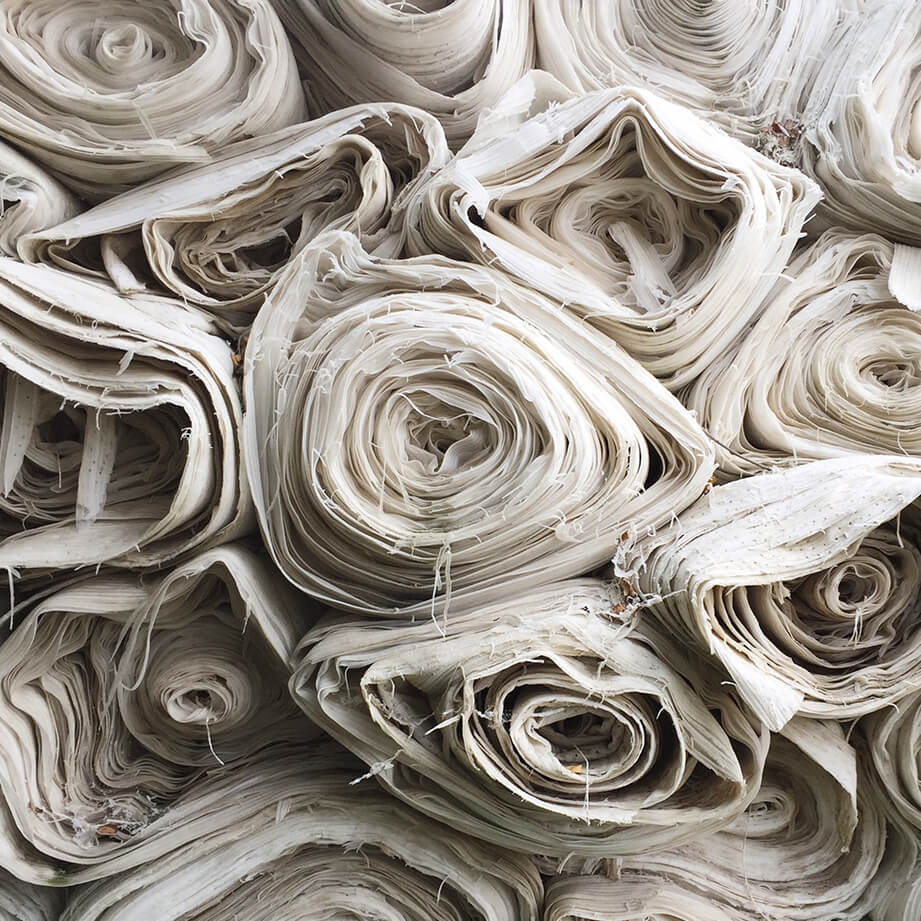
We’re increasing our share of more sustainable materials fast
We understand the importance of switching over to more sustainable materials and have rapidly increased our use of those fabrics. We launched our first collection with more sustainable materials in November 2019 and has since then worked to increased the share of organic, recycled, or other lower impact materials in our products - to learn more about our progress in our latest Sustainability Report.
NA‑KD FUTURE
To further our commitment to sustainability, we have established NA-KD Future, our test lab for finding new, innovative materials and techniques that help us bring lower impact products to the bigger market. We are proud to be working with a variety of initiatives such as recycled fishing nets, vegetable dyes, circular design principles and apple waste. Our hope is that the materials and techniques that work well for the collections released under the NA-KD Future concept can be scaled up and implemented in our overall production in the future.
To learn more about our innovative materials and production techniques, please visit the NA-KD Future platform.
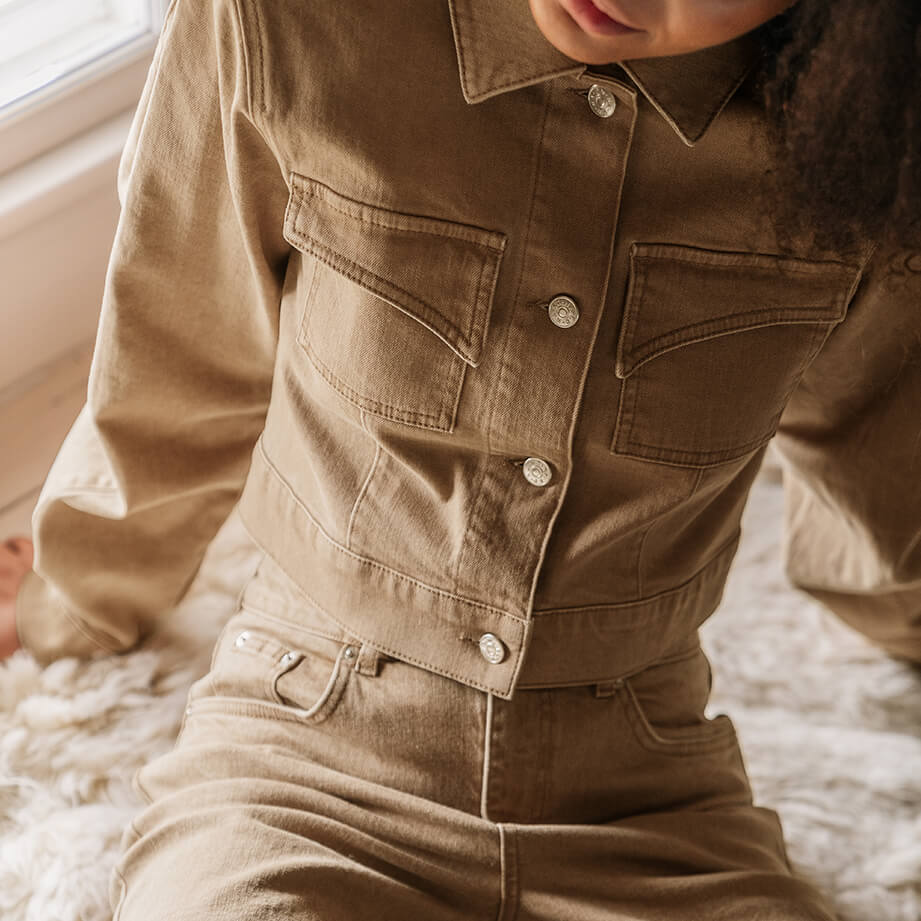
Aiming for supply chain
transparency
transparency
Our long-term goal is to achieve full supply chain transparency. A mission that most likely will take years to complete. Since 2021, we are fully transparent with our tier 1 factories - the factories that produce our garments, where the cutting, sewing and finishing takes place. We are now continuing that journey to improve transparency in tier 2 and beyond, which includes all the suppliers of the fabric, yarn and raw materials that we use. This work will enable us to work more closely with our suppliers throughout the supply chain, and proactively support them to improve working conditions, lower their negative environmental impacts, and progress carbon reduction initiatives.
We want our customers to know where our products are made. Therefore, you can now see information about our factories in the product descriptions on our website, starting with the factory name and address for all new products and increasing the information moving forward. You can also find a list of all our producing factories here, and we are working to complement this list with processing factories. As we strongly believe in industry collaboration, our list of producing factories is also shared with Open Supply Hub, which is an open-source map and database of global apparel facilities and their affiliations worldwide.
Read more about our traceability and transparency work in our Sustainability Report.
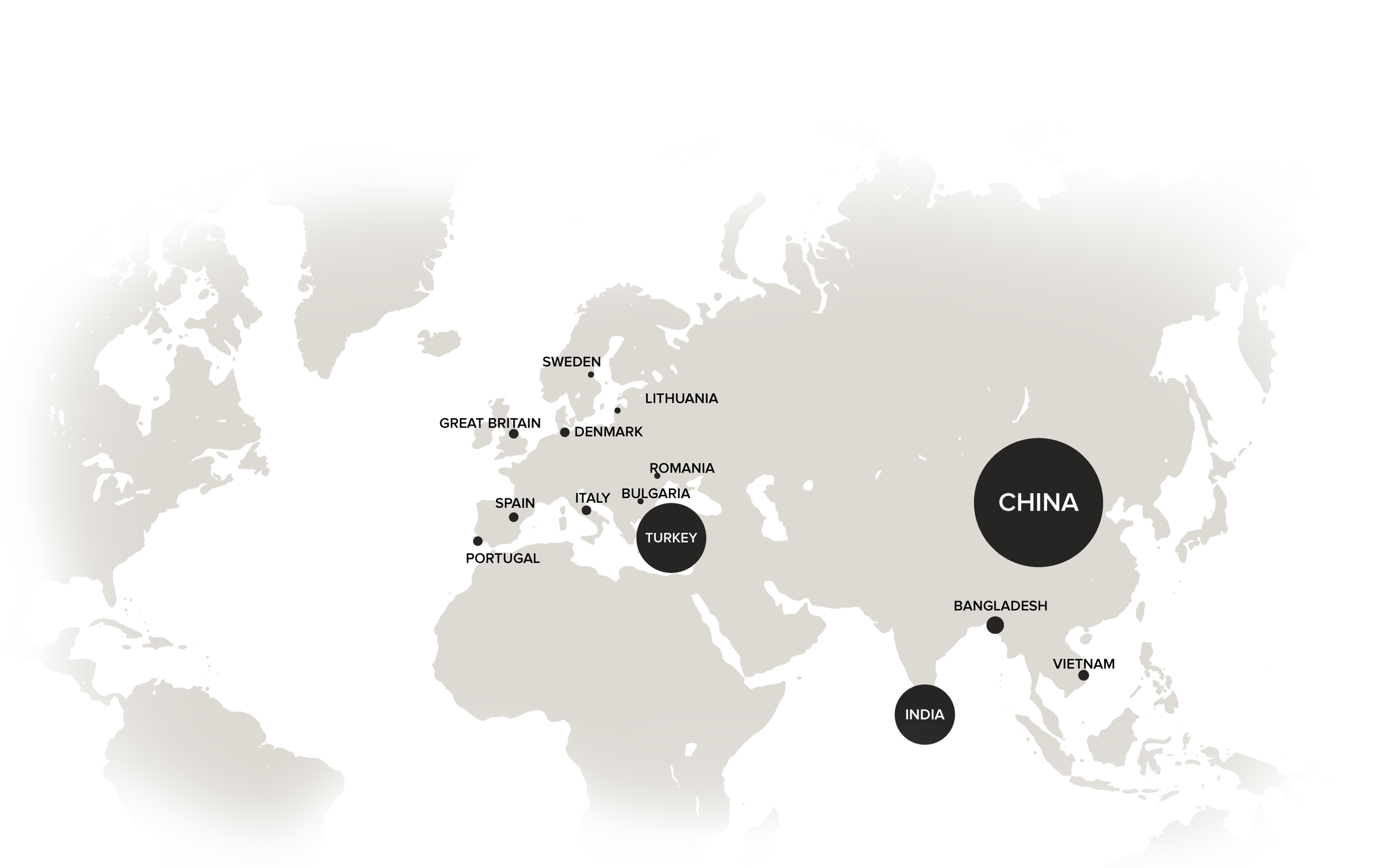
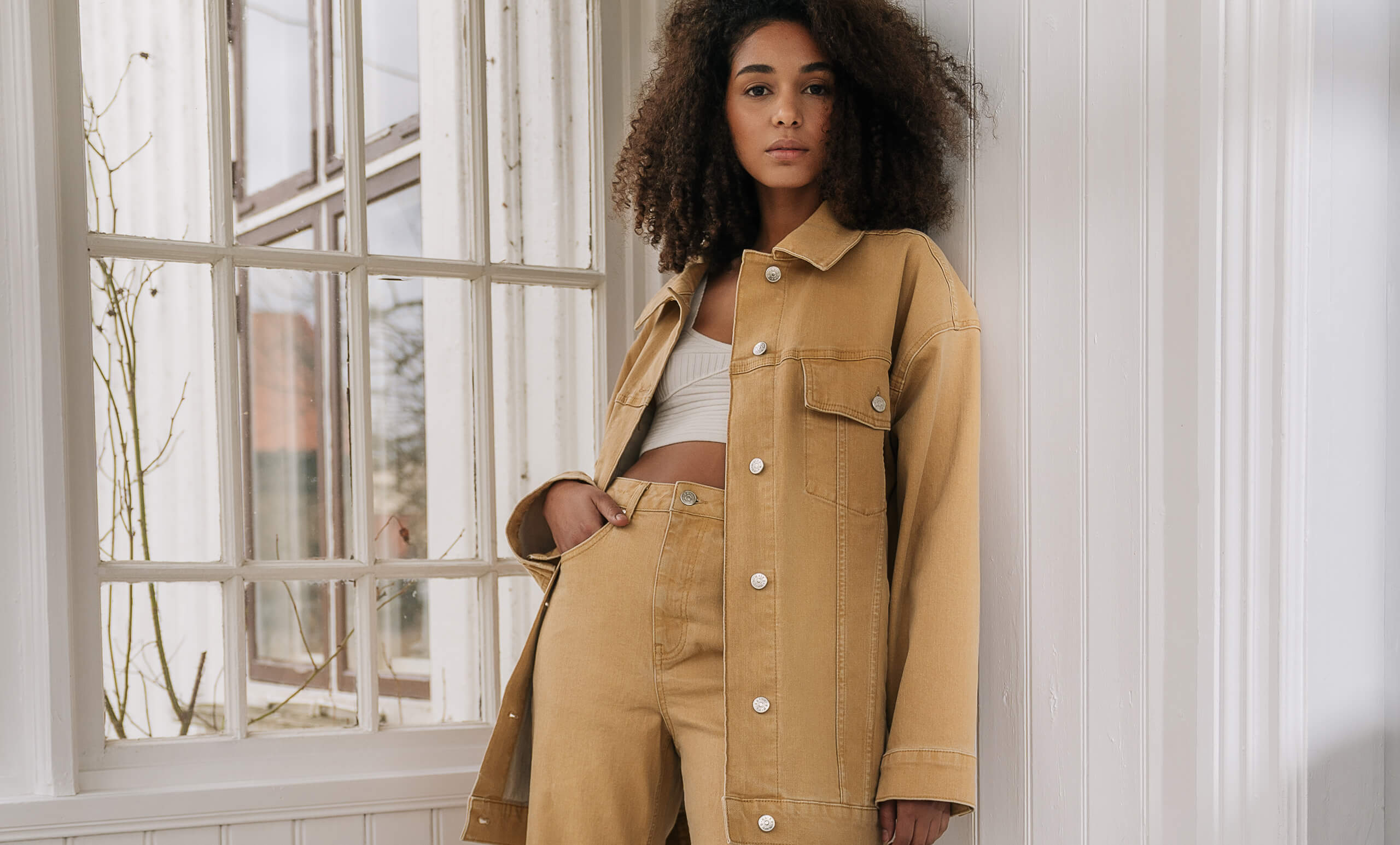
NA‑KD
FUTURE
Shop collectionFUTURE
HOME
SHOP NA-KD BUY SECOND HAND
LEARN MORE ABOUT OUR COMMITMENTS:
LEARN MORE ABOUT HOW WE WORK WITH SUSTAINABILITY:


